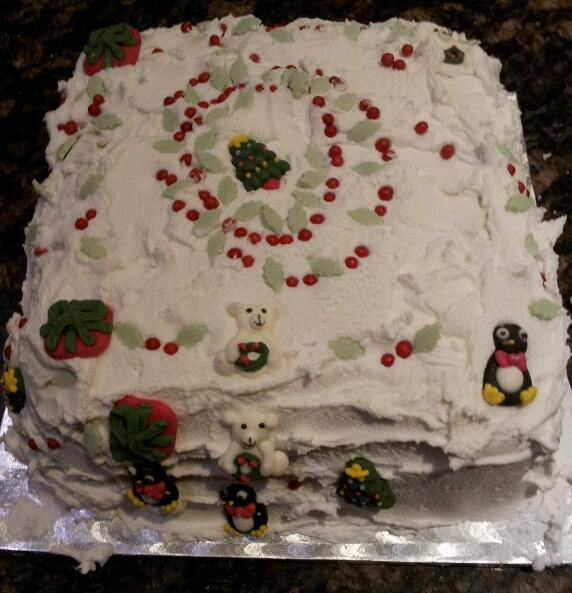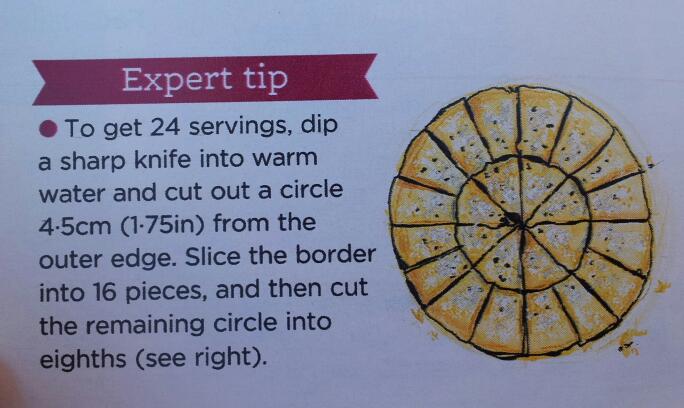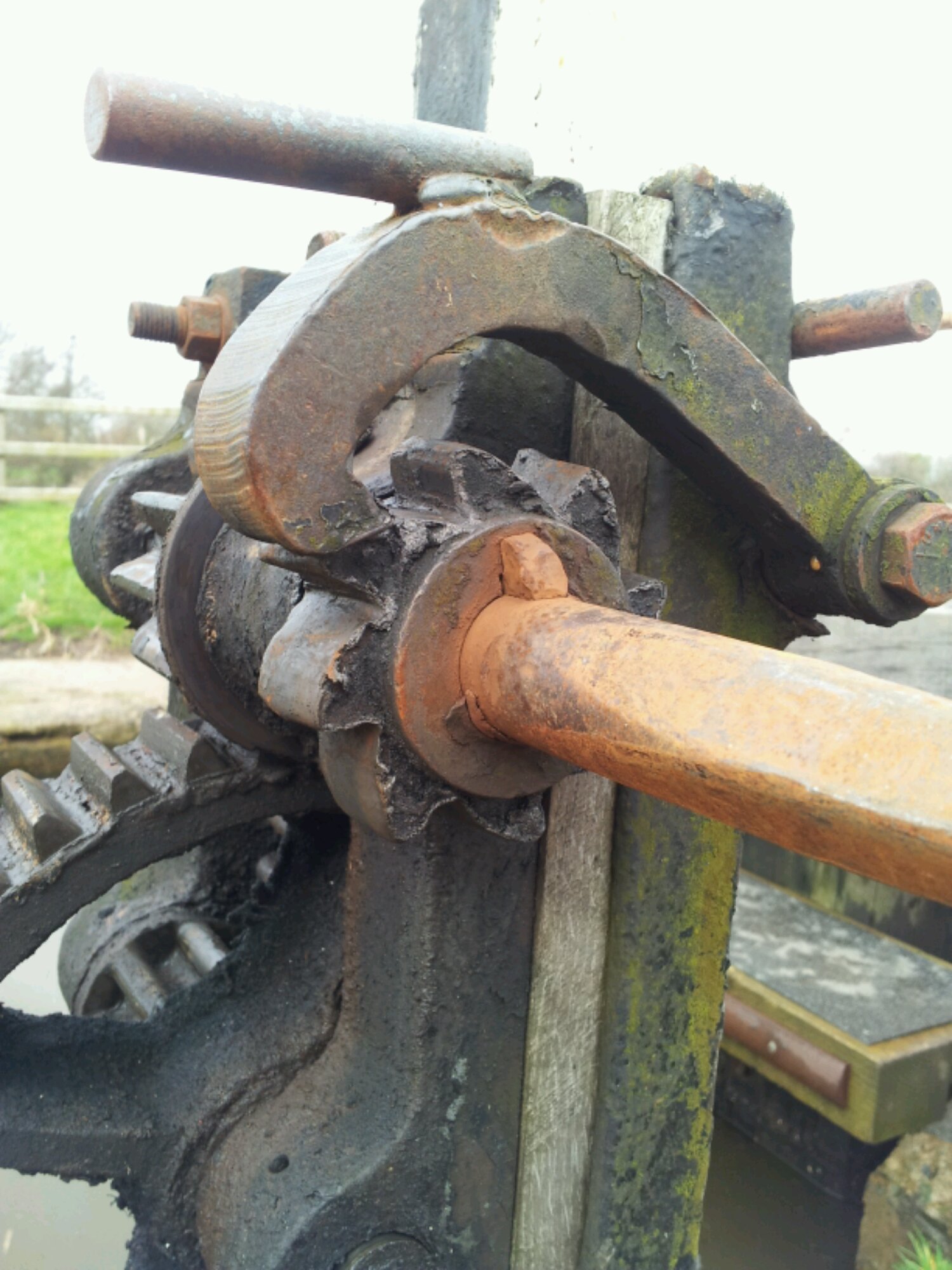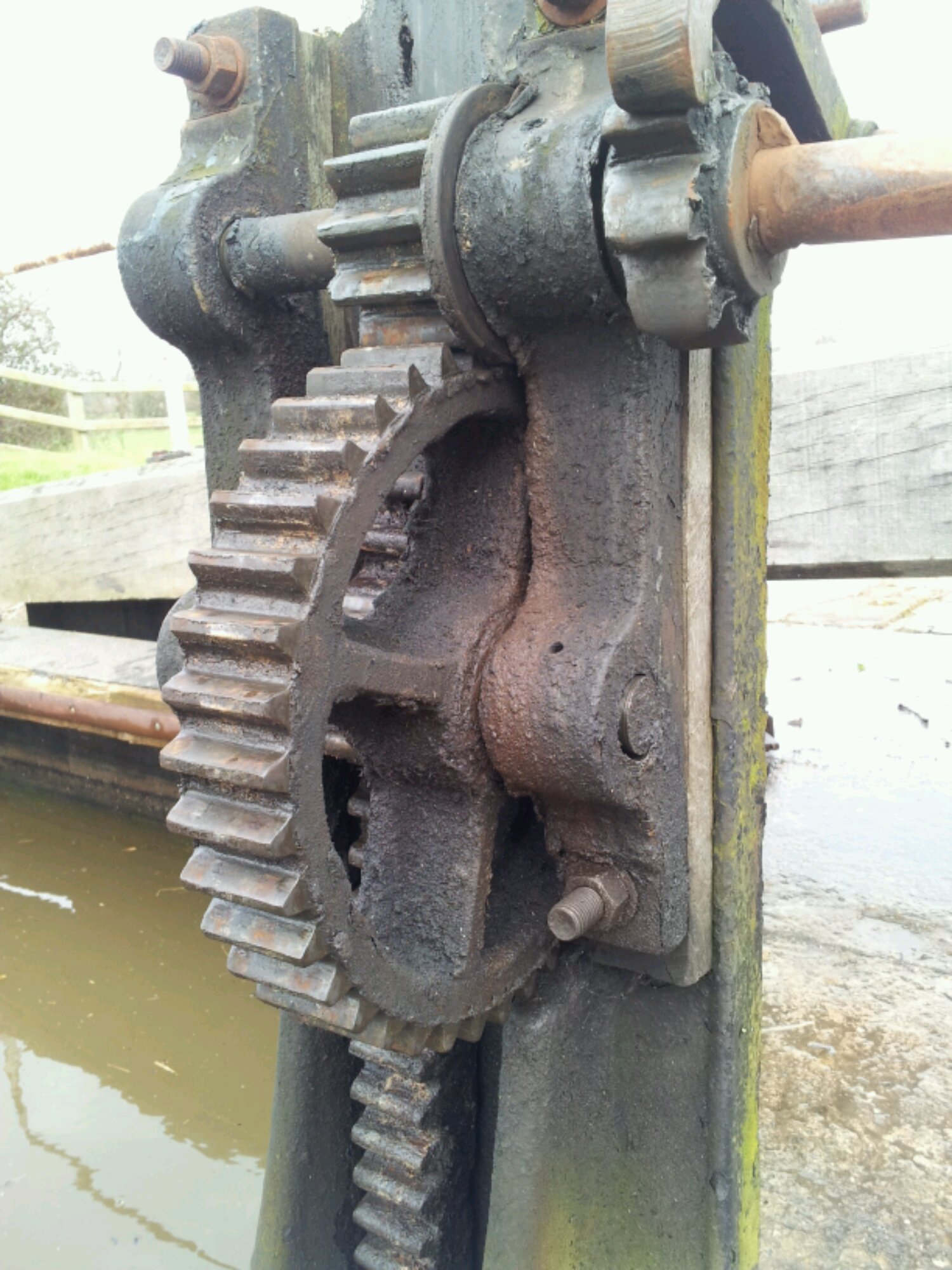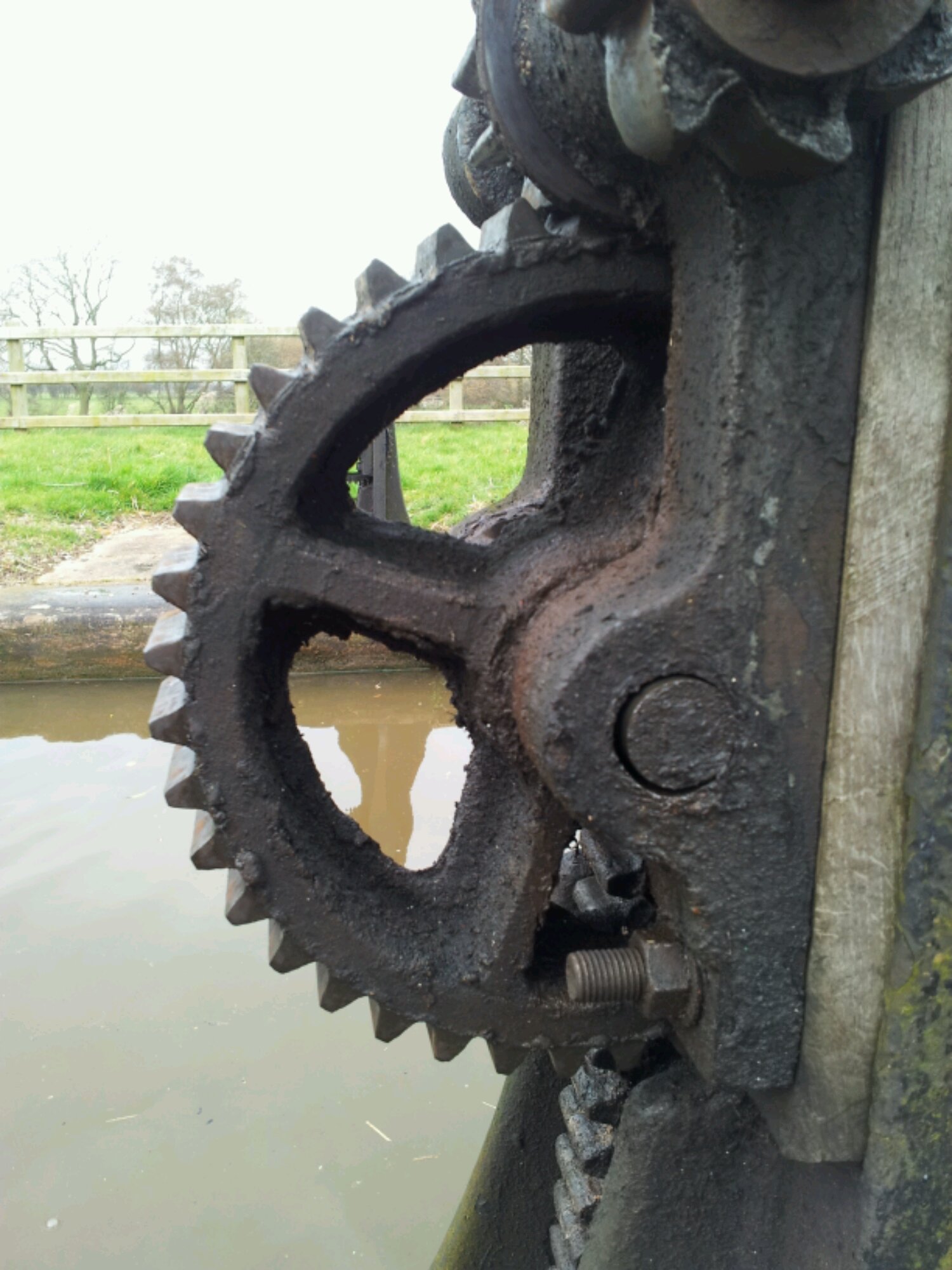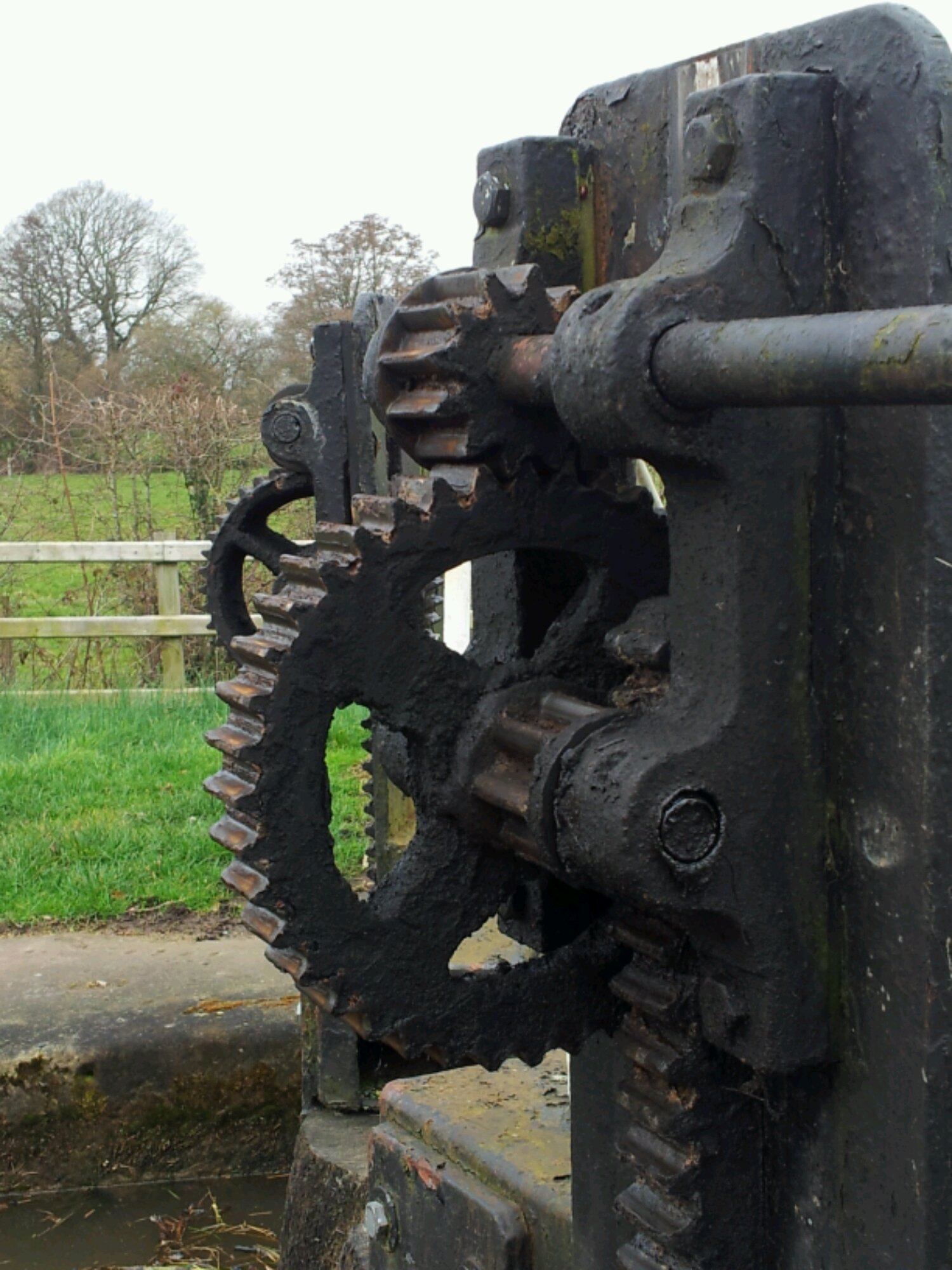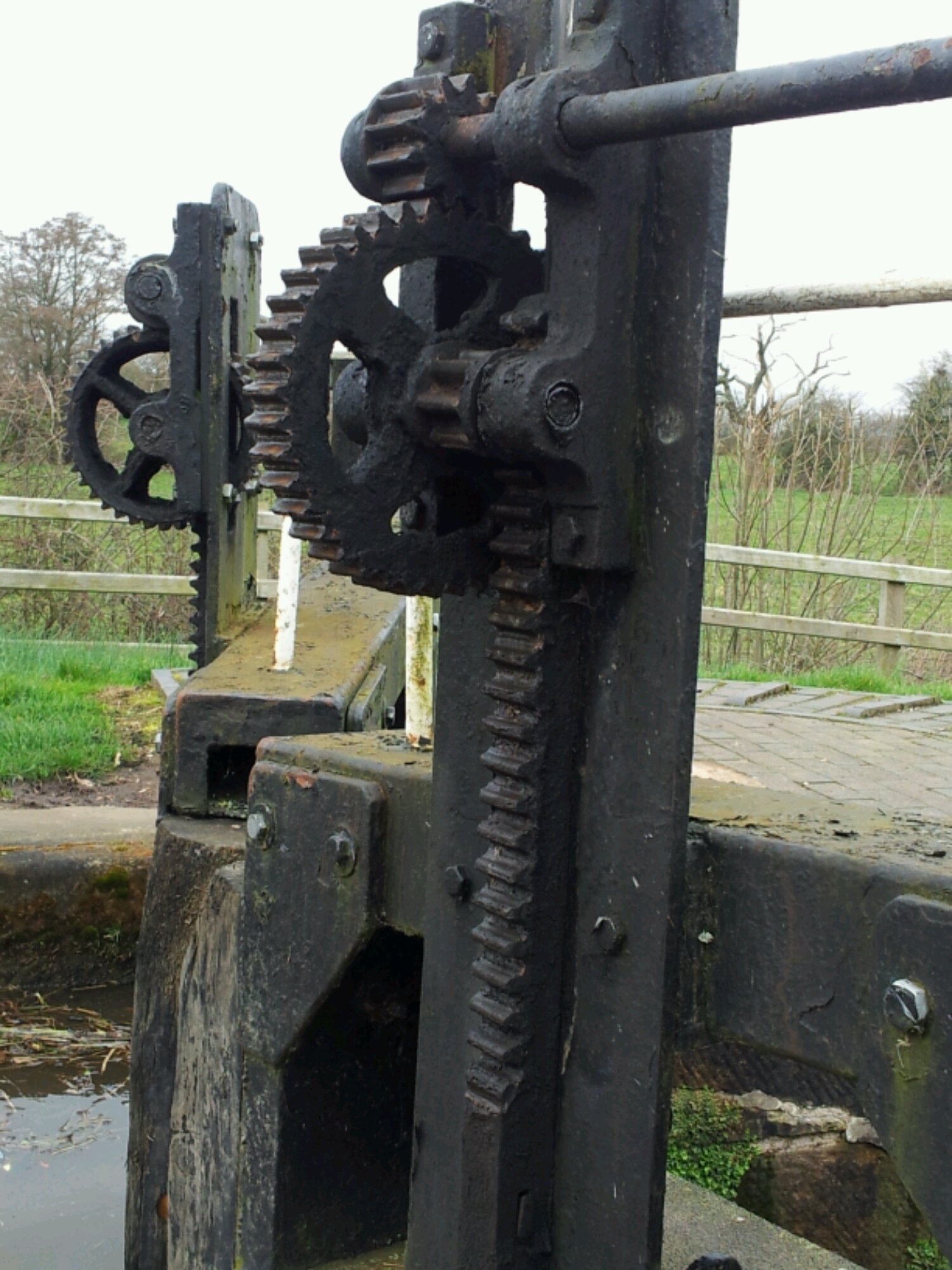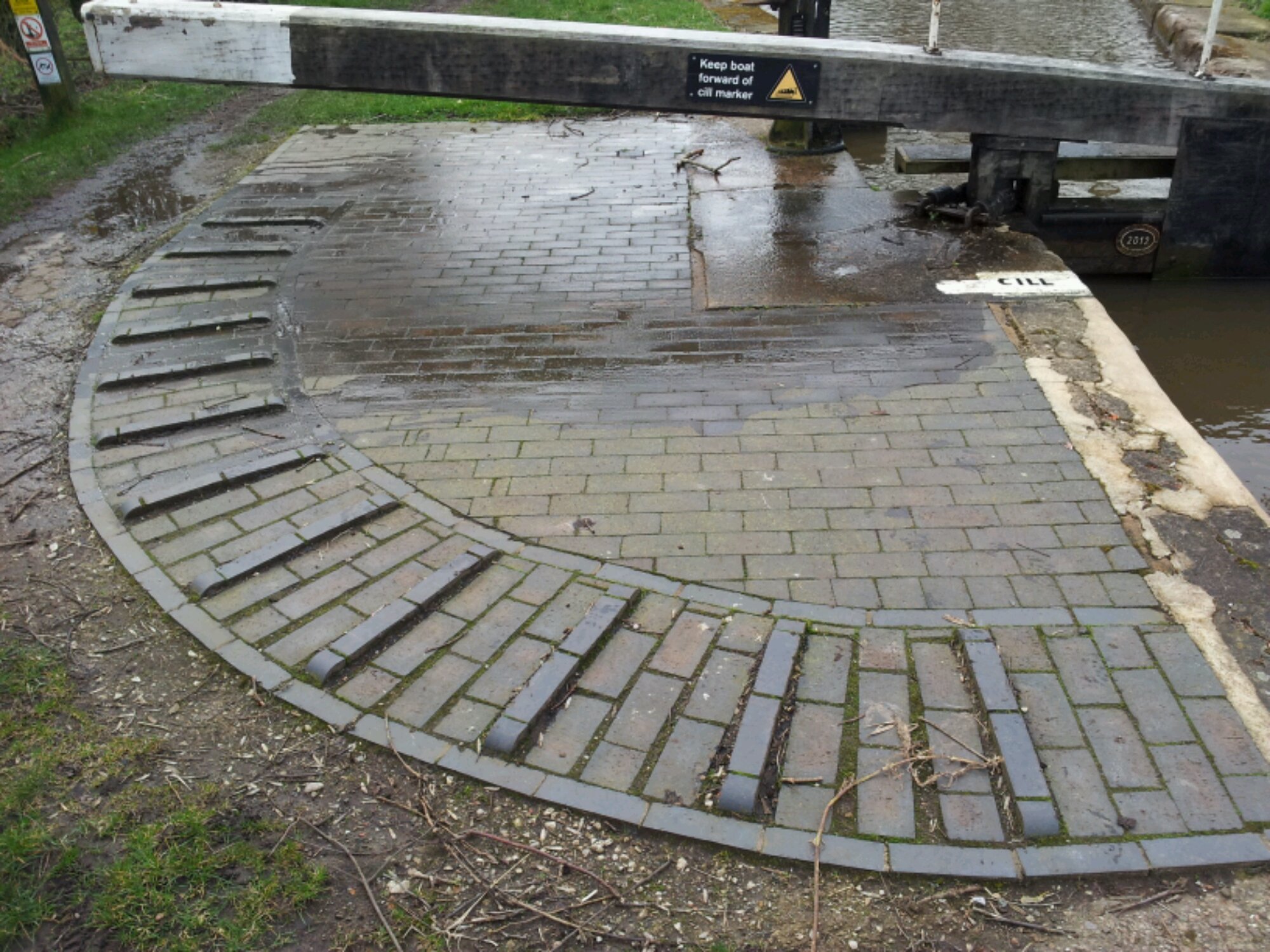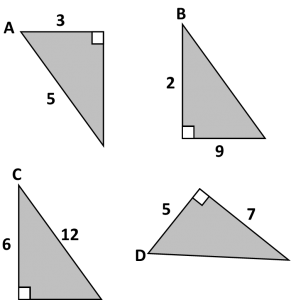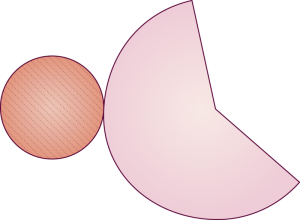Here is a quick fun starter to get your class thinking about dimensions and volume.
Question: How many students can you fit into a metre cube?
The discussion will probably include:
- ‘How big is a metre?’ (find a metre stick)
- ‘Did you mean standing in a square?’ (no)
- ‘How big is the student?’ (average – that answer annoys students)
- And finally ‘Huh?’ (ask the person next to you to explain)
Whilst this is going on make a metre square on the wall and the floor, using duct tape. The inner measurements of the cube are 1m, the rest is just tape border.
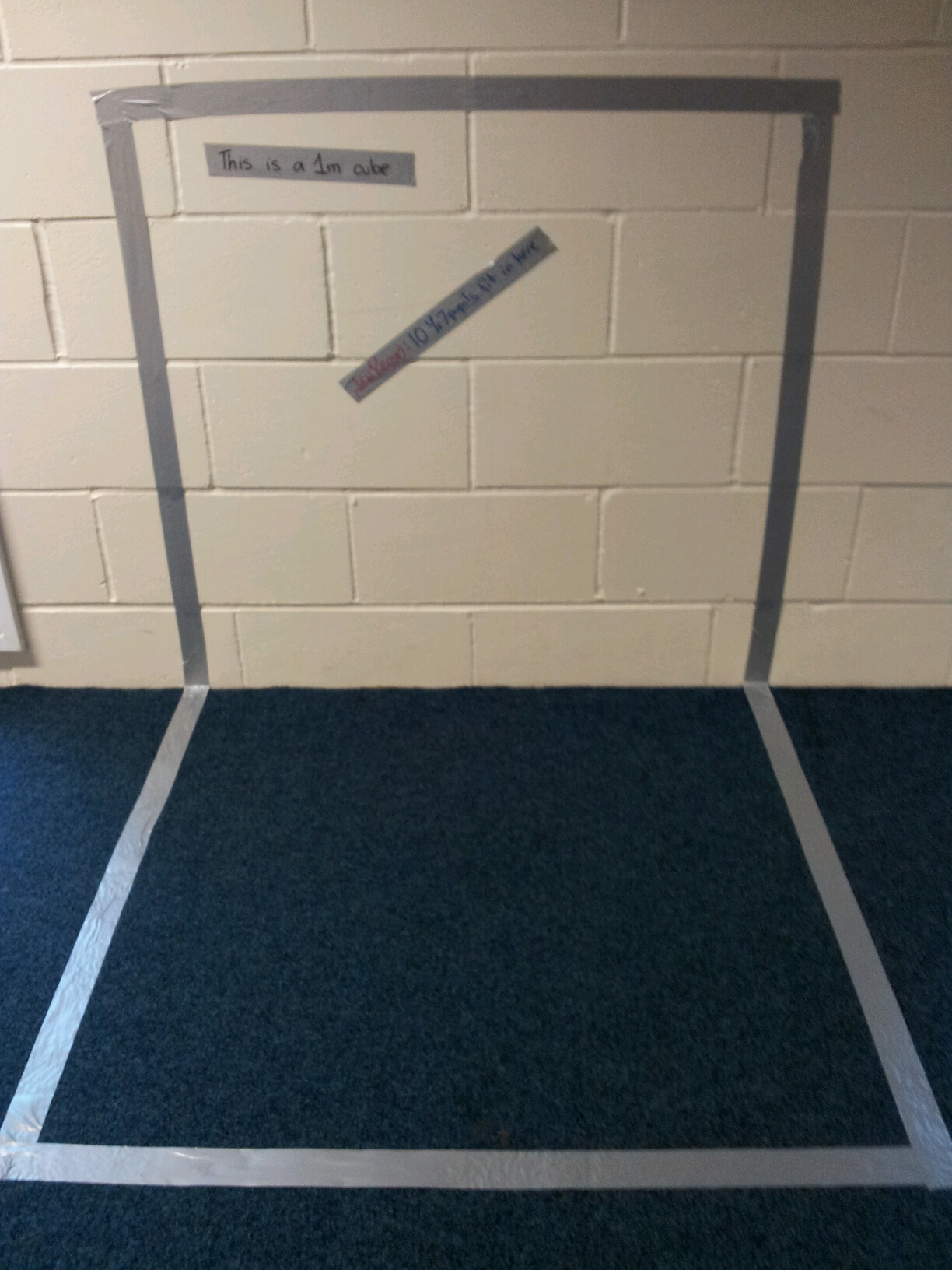
The Predictions
Draw up a quick tally chart of how many students they think will fit. A bright child will usually ask how are you going to find out. Easy …
Put students in the cube
Let them put themselves into the confines of the cube. Cue bouncy boys squashing up. Then remind them it can’t be higher than a metre. You might find it useful to have two spare students hold metre sticks vertically at the non-wall end to define the end of the cube.
We managed nine boys, plus gaps at the top for bits of a tenth boy – it wasn’t ethical to chop one up and sprinkle the bits. So we imagined the tenth person balanced on the gaps around their shoulders.
Ten? That is a new record for this activity!
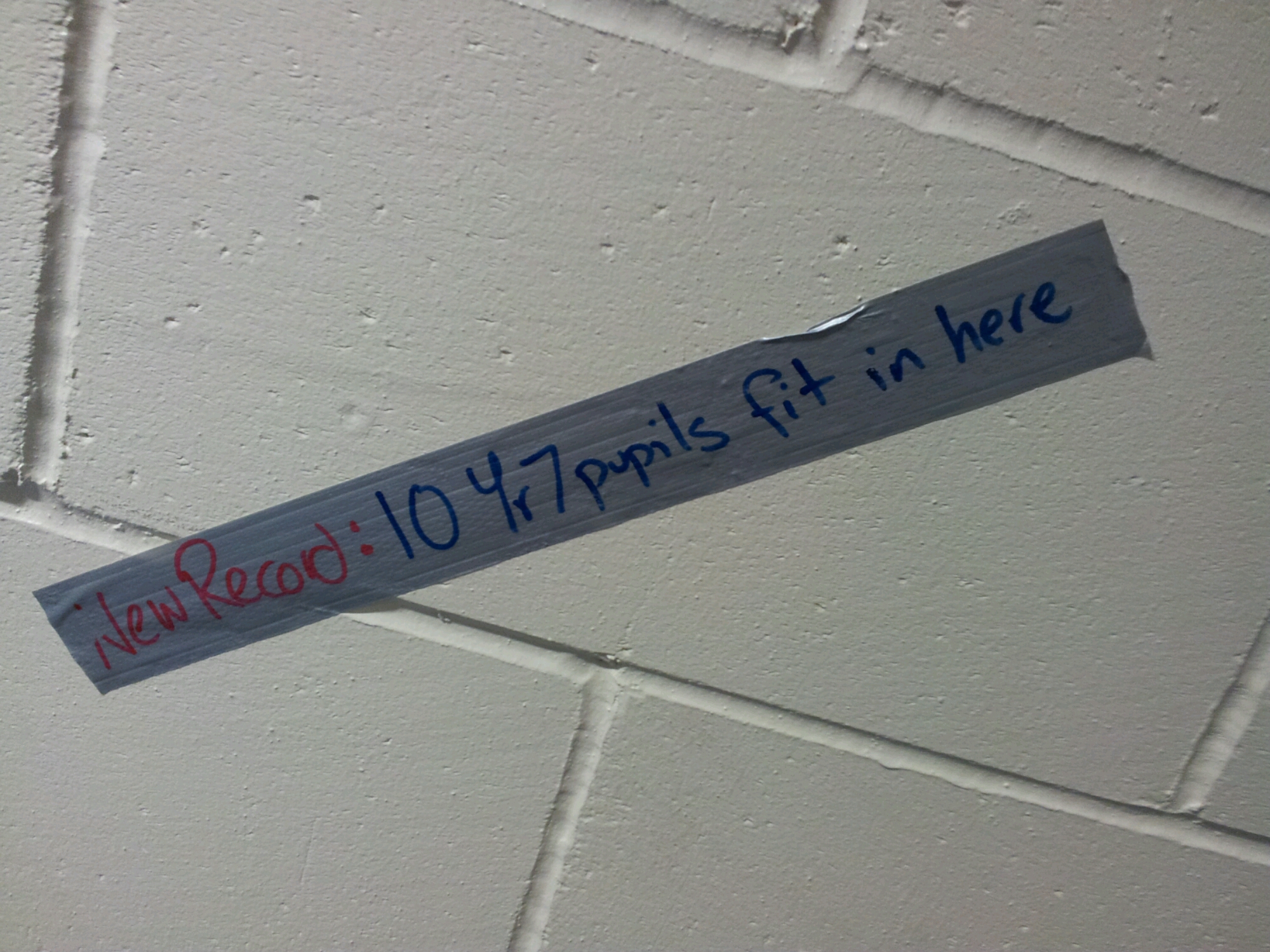
The Point
- Volume is the space inside a 3D shape.
- One metre cube is bigger than you think.
- It’s a memorable activity to refer back to.
Even better if …
I’d love to get sturdy board covered in birthday (or Christmas) paper to put under and around the cube to start a discussion about surface area. You could make a big show of unfolding the cube and laying the wrapping out on the floor to form a huge net.
Note
I used to do this by taping metre sticks into a cube, but they fell apart easily. In some schools three metre sticks is a challenge, twelve would be a miracle find. Duct tape works much better!
Like this:
Like Loading...

